Vacuum Belts
- Sorry, this product cannot be purchased.
Showing 1–16 of 235 results
-
Sale!
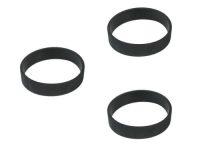
Kirby Vacuum Belts – 3 Belts
$9.99 Add to cart -
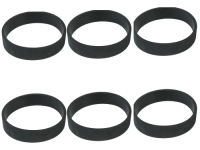
Kirby Vacuum Belts (6 belts)
$16.99 Add to cart -
Sale!
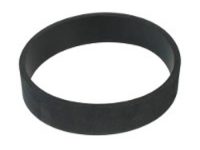
Kirby Vacuum Belt
$3.59 Add to cart -
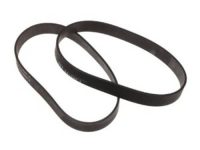
Hoover Windtunnel Belts – AH20080 – 562932001 – 38528058 (2 pk)
$10.99 Add to cart -
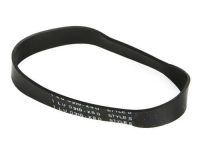
Dirt Devil Style 5 Vacuum Belt – 1LU0310X00
$8.99 Add to cart -
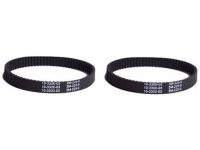
Dyson DC17 Vacuum Belt (2 pack)
$11.99 Add to cart -
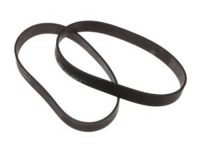
Hoover Windtunnel Belts – AH20065 – 562289001 (2 pk)
$16.99 Add to cart -
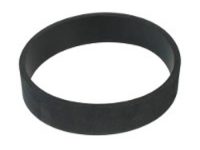
Oreck XL XL2 XL21 XL7 Upright Vacuum Belt 75024-01 (1 belt)
$4.99 Add to cart -
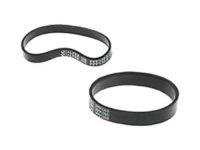
Dyson DC07 DC14 DC04 Belts (Clutch Systems)
$8.99 Add to cart -
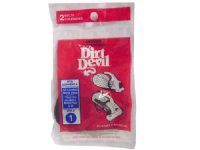
Dirt Devil Style 1 Hand Vac Belt (2 pack)
$7.99 Add to cart -
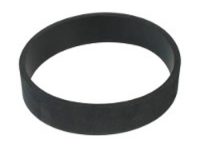
Rainbow Vacuum Belt R1699
$5.99 Add to cart -
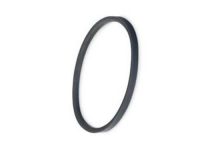
Hoover Belt 38528-034 – Windtunnel Self Propelled Roller Belt
$8.99 Add to cart -
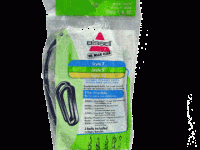
Bissell Style 7 – 9 – 10 – 12 – 14 – 16 Belt (2 pack)
$10.99 Add to cart -
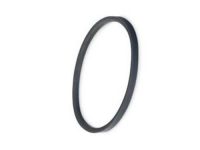
Kenmore CB-3 Canister Vacuum Belt 20-5218
$11.99 Add to cart -
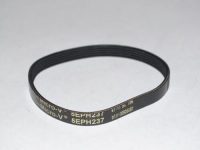
Kenmore KC28SEDCZ000 Vacuum Belt
$18.99 Add to cart -
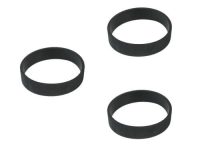
Oreck XL XL2 XL21 XL7 Upright Vacuum Belt 030-0604 (3 belt)
$8.99 Add to cart
Vacuum cleaner belts are essential
Vacuum cleaner belts are essential components that help drive the brush roll or agitator of the vacuum cleaner, allowing it to effectively agitate and remove dirt, debris, and pet hair from carpets and rugs. Here are some key points about vacuum cleaner belts:
- Purpose: Vacuum cleaner belts transfer power from the motor to the brush roll, causing it to rotate and agitate the carpet fibers. This agitation loosens dirt and debris, making it easier for the vacuum cleaner to suction them up into the dustbin or bag.
- Types: There are different types of vacuum cleaner belts designed to fit specific vacuum cleaner models and styles. Common types include flat belts, cogged belts, round belts, and geared belts. It’s essential to choose the correct belt type and size for your vacuum cleaner model to ensure proper fit and performance.
- Material: Vacuum cleaner belts are typically made of rubber or a rubber-like material that provides flexibility and durability. High-quality belts are designed to withstand the rigors of regular use and maintain tension for optimal performance over time.
- Replacement Frequency: Vacuum cleaner belts may wear out over time due to regular use, stretching, or exposure to heat and friction. It’s recommended to inspect the belt periodically for signs of wear, such as fraying, cracking, or loss of tension. If the belt appears worn or damaged, it should be replaced promptly to maintain the vacuum cleaner’s performance.
- Installation: Replacing a vacuum cleaner belt is a relatively straightforward process that varies depending on the vacuum cleaner model. Typically, it involves accessing the brush roll compartment, removing the old belt, and installing the new belt according to the manufacturer’s instructions. Some vacuum cleaner models may require tools for belt replacement, while others have tool-free designs for easier maintenance.
- Compatibility: When purchasing replacement vacuum cleaner belts, it’s important to ensure compatibility with your specific vacuum cleaner model. Belts come in various sizes and configurations, so be sure to check the model number and belt specifications to find the correct replacement part.
- Maintenance: To prolong the life of vacuum cleaner belts, it’s essential to keep the brush roll and belt compartment clean and free of debris. Regularly remove hair, thread, and other obstructions that may become tangled around the brush roll, as they can cause belt slippage and premature wear.
By understanding the importance of vacuum cleaner belts and following proper maintenance and replacement procedures, you can ensure that your vacuum cleaner continues to operate efficiently and effectively in keeping your home clean and tidy.
